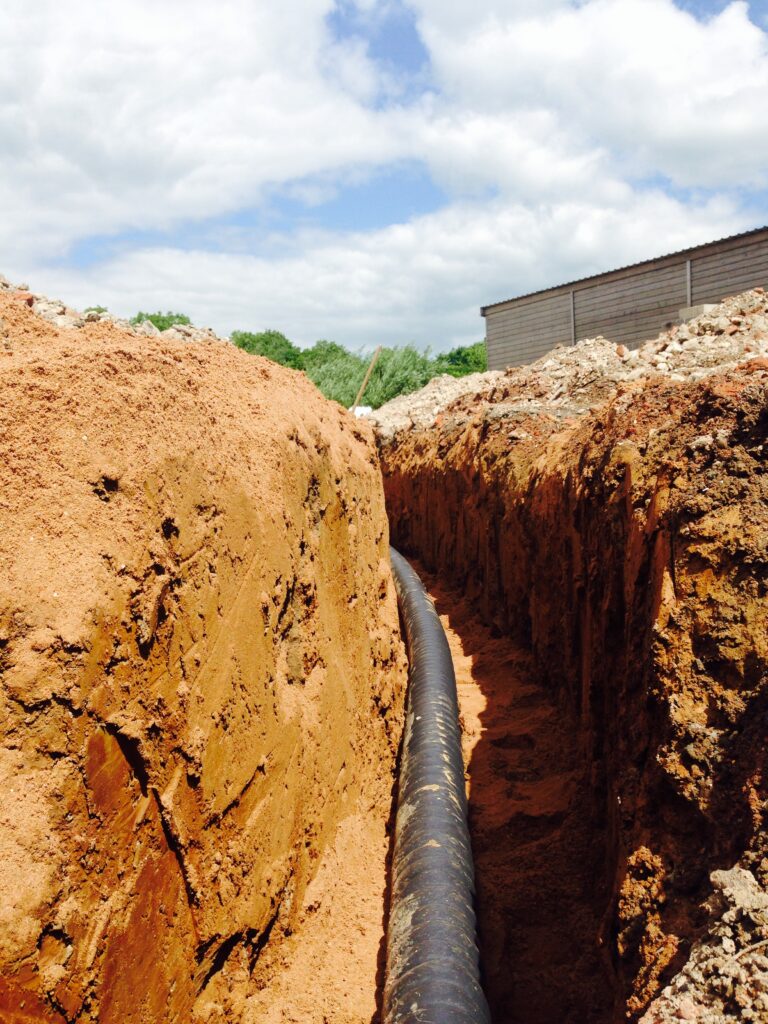Heat Networks / District Heating – Single Heat Source Systems
As a country, we spend a massive £32 billion a year on heating, which accounts for around a third of the country’s greenhouse gas emissions.
Heat networks can aid significant CO2 and financial savings.

What is a Heat network?
A heat network, or district heating, uses a single heat source to supply multiple buildings with thermal energy that can be used for space heating, hot water and even cooling.
Buildings are connected to the single source via insulated piping which is most commonly placed underground or through interconnected buildings.
A heat network captures valuable thermal energy and supplies it to industrial, commercial and domestic properties. When designed correctly, a larger scale network is more efficient than multiple smaller heating systems, such as domestic boilers in every home.
Our heat networks intelligently balance the supply and generation of heat, managing the heat demands between properties, maximising the heat source’s efficiency. Demand can also be managed across seasons, with networks supporting the operation of distributed absorption cooling plants in the summer providing cooling on a significant scale.
Benefits
Scaleable technology
Connect buildings and monitor usage through individual metering -each building can utilise the thermal energy independently.
No short cycling
Our heat networks use heat stores to meet demand, reducing fuel waste. Better for the environment and your pocket.
Reduce Running costs
Our heat networks are intelligent and efficient, reducing fuel waste. Consolidating multiple heat sources can reduce maintenance costs.
Reduced GHG emissions
Carbon neutral fuel technologies such as biomass boilers and biogas CHPs/boilers are very well suited to heat networks.
Guide to Heat Networks
Heat networks are scaleable, this allows for almost endless application. You can connect a single space to a remote heat source or connect entire cities.
Almost any heat source can be used in a heat network, a mix of heat source technologies is even possible. Examples of the most widely used heat sources include: – CHP (natural gas or biomethane) – Biomass Boilers – Biogas Boilers – Waste Heat Recovery Technologies
The UK currently has over 17,000 operational heat networks which distribute heat to over 500,000 customers.
The majority of heat networks in the UK are smaller “communal heating” networks that provide thermal energy to properties across a single site or multiple sites within a few miles of each other. These communal heating networks have a wide range of applications including providing heat and DHW to:
– Camp site facilities, caravans or holiday cottages
– Multiple properties/spaces on an estate
– Multiple properties/spaces that may be separated by roads, woodland or agricultural land
– Multiple industrial or retail units
Request a callback
If you want to get a quote or simply ask a question, fill in your details on our Contact Page.